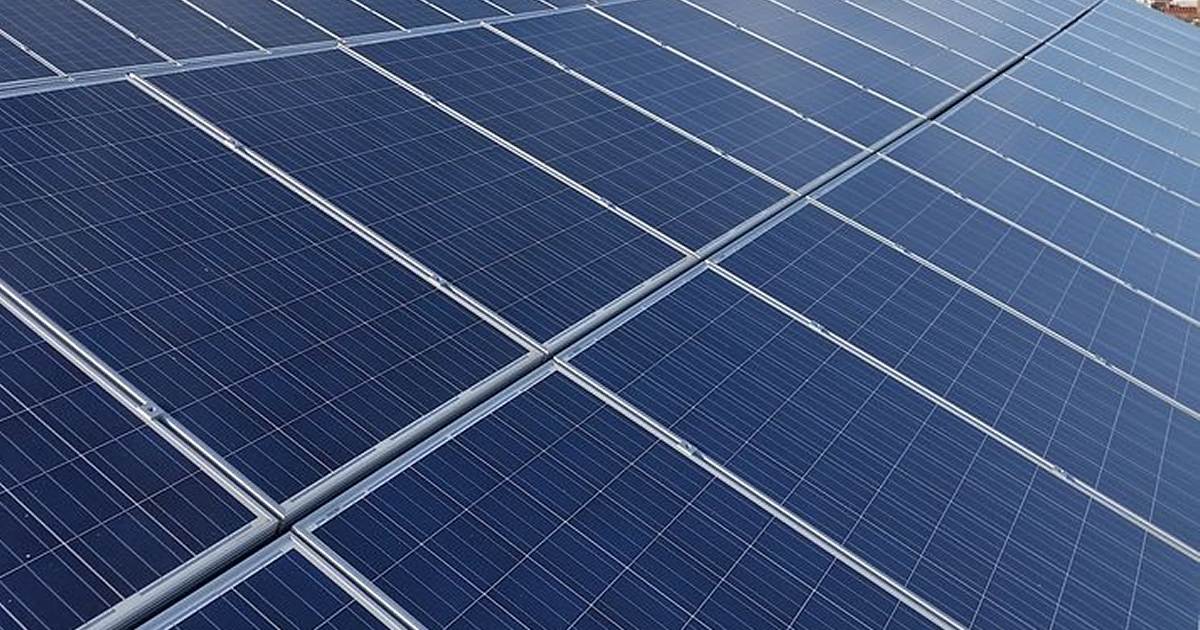95% of Riverina Water’s greenhouse gas emissions come from mains electricity – and the utility is looking to solar power and other renewables to address this.
Riverina Water provides water through some 26,000 service connections servicing approximately 60,000 people in the local government areas of Wagga Wagga and Lockhart, as well as parts Greater Hume and Federation.
Treating and pumping water is not only an emissions-intensive activity when fossil-fuel generated mains power is used, it’s also expensive. The utility typically pays around $3.5M a year to operate its water treatment plant and bores, and to pump drinking water to reservoirs. In 2019/20, Riverina Water consumed 12.3 gigawatt-hours of electricity, which was accompanied by approximately 10,900 tonnes of carbon dioxide emissions.
Recognising it has a responsibility to current and future generations to slash emissions, yesterday Riverina Water announced proposed actions to reach net zero greenhouse gas emissions by 2030, and is inviting community feedback on its plan.
The actions include:
- Transitioning to almost 100% locally supplied renewable electricity
- Examining the potential of solar installations on adjacent land to power some sites
- Load shifting and use of battery storage to make better use of solar energy
- Acquiring the most efficient vehicles on the market
- The use of E10 petrol and biodiesel blends for internal combustion engine (ICE) vehicles
- Use of renewable liquid fuels when these become available
- Electrification of its vehicle fleet over time
- Lower-carbon water treatment chemicals
Solar Power & EV Progress
Riverina Water has already made a start towards its solar energy and electric vehicle aspirations.
On the solar power side of things and while there is no PV in place as yet, in July last year the utility announced intentions to build a $20 million solar farm with battery storage to help power its Wagga Wagga water treatment plant. This won’t just cut emissions, but also water rates for local residents and businesses.
Riverina Water was hoping for Federal Government cash to support the project and to make a start on construction this year, but while plans are well advanced it seems the clean power station won’t commence operations until around 2024. It’s not clear if the feds have kicked in any cash for the project.
In terms of electric vehicles, the utility recently added an EV to its fleet.
“The electric vehicle is being used by our Meter Reading team, who regularly travel across the region as part of their work,” said Riverina Water CEO Andrew Crakanthorp. “Trialling an electric vehicle with this team was a logical choice given the nature of their work and so far the feedback has been positive.”
Water utilities across Australia are rolling up their sleeves to take action on emissions using solar power. Among the success stories is SA Water’s Zero Cost Energy Future project that has seen hundreds of millions of dollars invested in what will ultimately be around 152 megawatts of solar power capacity, along with 34 MWh of battery storage.
Across the border in Victoria, Melbourne Water is working on a 19MW solar farm at its Eastern Treatment Plant, which it hopes to have operational by the middle of next year. Another is in the pipeline (so to speak) for Melbourne Water’s Winneke Water Treatment Plant.
Also in Victoria, Gippsland Water is about to install 2,000 more solar panels as part of its goal of reaching 100 per cent renewable energy by 2025, and Goulburn Valley Water should reach 100% renewable electricity in the next few years.


 RSS - Posts
RSS - Posts



Speak Your Mind